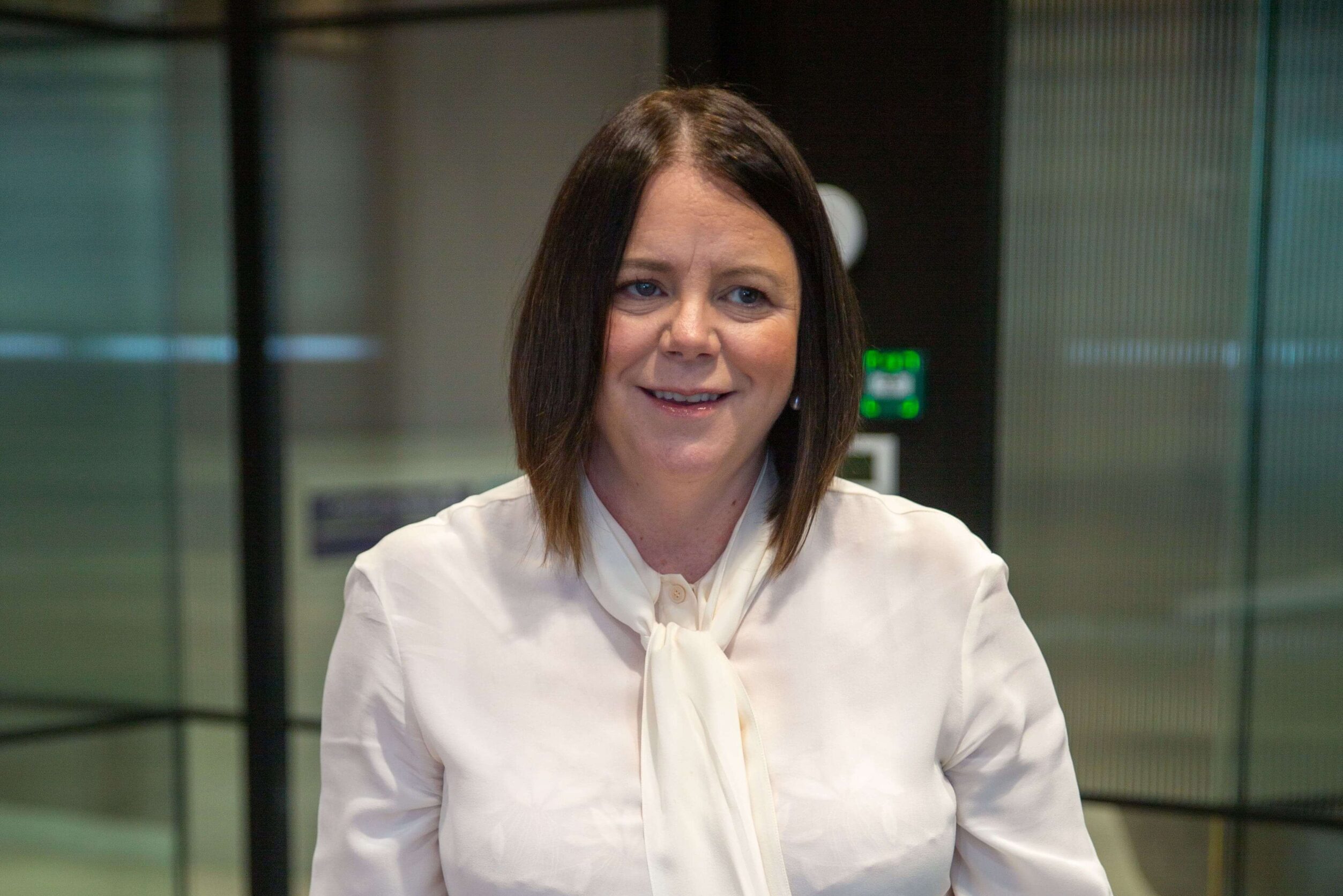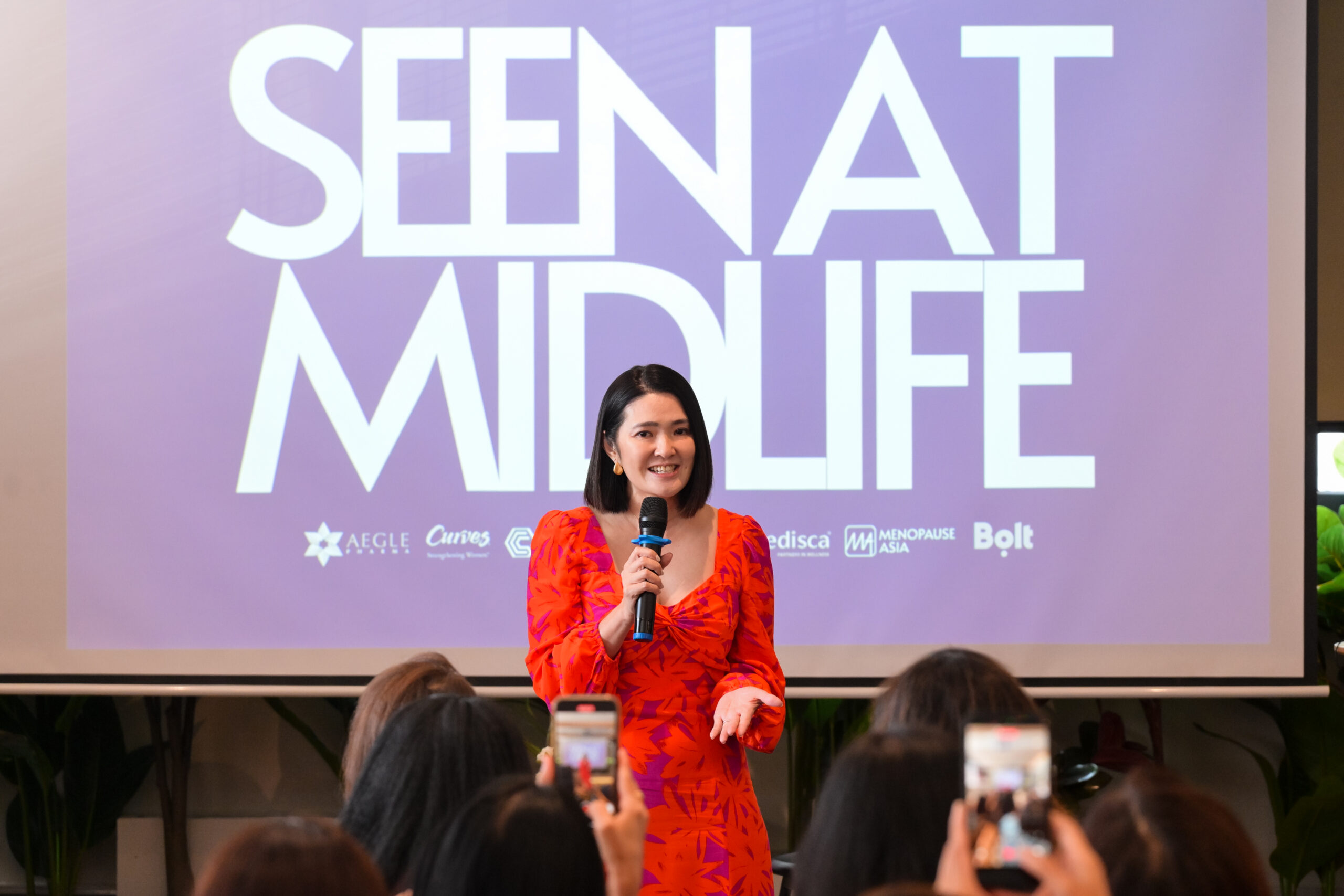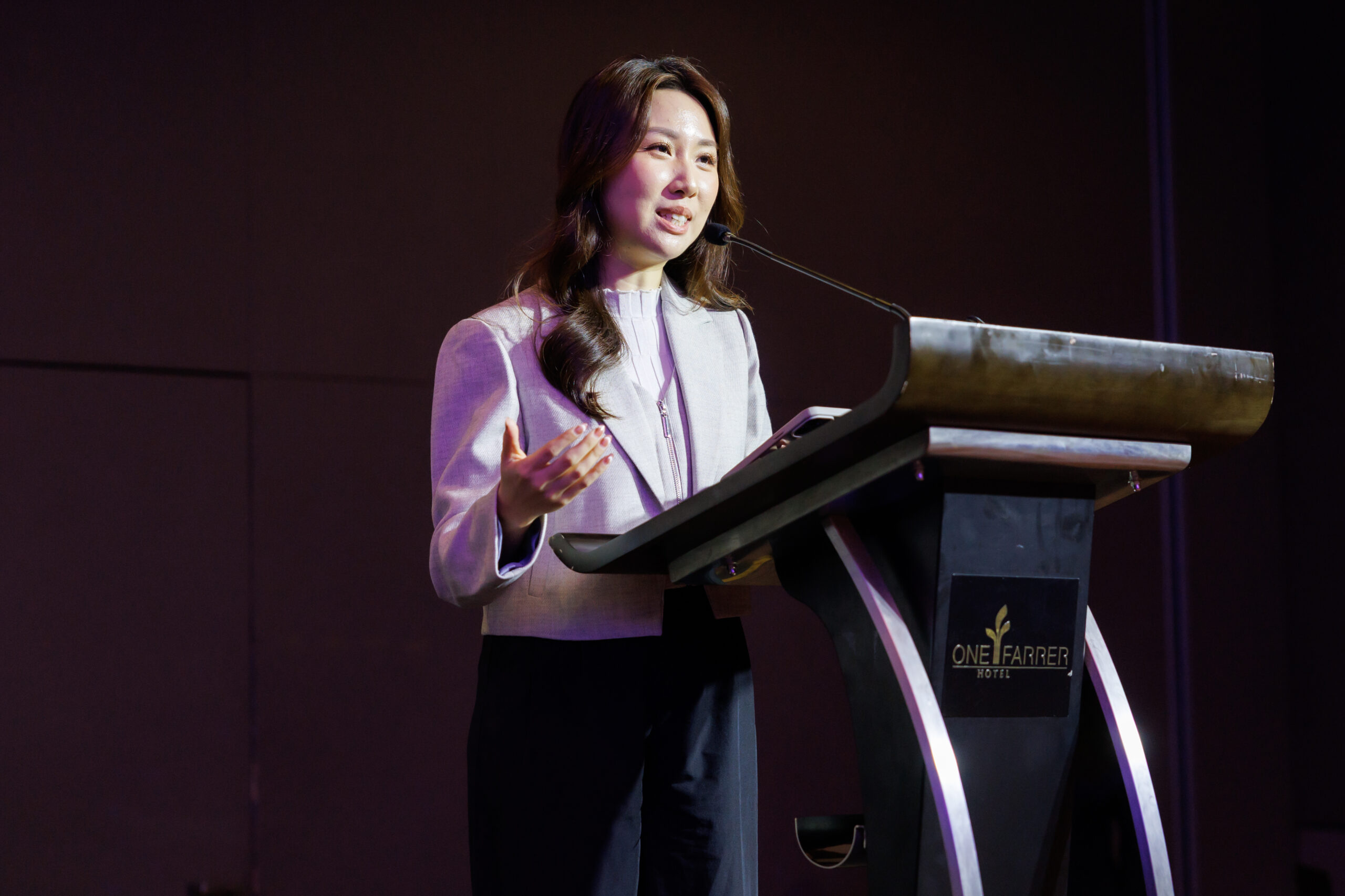Building a resilient workforce: Sun Life reinvents HR for a new era
- Josephine Tan

“We recognise that employees are an organisation’s most valuable asset. With empathy at the core of our approach, we aim to cultivate a caring workplace culture that ensures our teams can thrive at work.” – Georgina Farrell, Chief Human Resources Officer, Sun Life Asia
Organisations across Asia are grappling with a new reality, one shaped in the wake of a global pandemic that irrevocably altered the professional landscape. The Great Resignation has given way to a sustained Great Reevaluation, where the war for talent is fought not just on salary, but on purpose, flexibility, and culture. Navigating this new terrain requires a sophisticated, empathetic, and data-driven approach to HR.
Stepping into this pivotal role is Georgina Farrell, who was appointed Chief Human Resources Officer for Sun Life Asia in February 2025. A veteran leader with over two decades of experience spanning Asia, Europe, and the Middle East, Farrell’s return to the region is a homecoming of sorts, but to a world vastly different from the one she left. Her mission is to architect a people strategy that is not only resilient to change but also a core driver of Sun Life’s ambitious growth in one of the world’s most dynamic economic regions.
Farrell’s return was a deliberate choice, fuelled by both professional curiosity and a personal connection. “Professionally, I was curious to see how the region had evolved in the post-pandemic era, particularly in terms of business focus, customer needs, and employee expectations,” she told HRM Asia. “I was also motivated by a strong sense of drive, energy, and ambition to improve and learn.”
This ambition is channelled directly into her strategy at Sun Life, where the corporate purpose provides a steadfast north star for all people-related initiatives. “At Sun Life, our people and culture strategy in Asia aligns closely with our overall corporate purpose of helping clients achieve financial security and live healthier lives. This approach is supported by our distinct culture, underpinned by care and collaboration, and accelerated by efficiency and digital advancement. We inspire our people to deliver ambitious goals, fostering a sense of ownership in Sun Life’s success,” she explained.
Drawing on her extensive experience, Farrell identified key trends shaping the talent landscape in Asia. One significant shift is the increasing mobility of the workforce. “As more organisations embrace hybrid work models, talent is no longer confined by geographical boundaries, allowing organisations to foster a more dynamic and diverse workforce,” she noted.
Another trend is the changing motivations of today’s workforce, particularly among younger generations. “There is now a stronger desire to create value and make a positive impact on society,” Farrell observed. Employees seek work-life balance, resilience, and development opportunities, alongside a “We” culture that emphasises teamwork and community engagement. To stay relevant, Sun Life Asia prioritises listening to employee voices and aligning talent strategies with engagement initiatives, especially in a multigenerational workforce.
She continued, “The key to navigating these changes is to listen to the voices of our employees proactively. Aligning our talent strategy with our engagement strategy is especially crucial in a multigenerational workforce. To ensure our talent approach remains relevant, we need to maintain a clear focus on our purpose to effectively harness employee engagement.”
“Additionally, optimising organisational speed, decision making, and digital transformation play a key role in attracting top talent. At Sun Life, we recognise the importance of leader effectiveness in connecting our purpose with day-to-day activities and business outcomes.”
However, understanding these trends is one thing; acting on them is another. At Sun Life, the response is anchored in a principle that is simple to state but requires deep commitment to execute. “Caring for our people is deeply rooted in our beliefs and values,” Farrell emphasised.
This philosophy manifests in tangible ways. Flexible work arrangements and modern, adaptable workspaces are designed not just for productivity, but to signal trust and respect for employees’ lives outside of work. These spaces, she said, are “designed to attract top talent and foster collaboration, complemented by amenities that matter most to our employees.”
READ MORE: Razer tackles talent crunch with skills-based hiring and sustainable workplace innovation
Beyond physical infrastructure, Farrell champions a culture of profound empathy, as she explained, “We recognise that employees are an organisation’s most valuable asset. With empathy at the core of our approach, we aim to cultivate a caring workplace culture that ensures our teams can thrive at work.” This means moving beyond platitudes to actively understand the diverse challenges employees face, from caregiving responsibilities to mental health struggles. “By promoting awareness, offering resources, and fostering a culture of understanding, we can ensure that everyone feels supported in their personal and professional journeys,” she added.
The evolving mandate of the modern CHRO
As employee expectations have transformed, so too has the role of the Chief Human Resources Officer. Farrell sees the modern CHRO as a strategic business partner who must be fluent in the language of data, culture, and societal change.
One of the biggest shifts is the demand for purpose-driven leadership. “Younger workforces are increasingly demanding purpose-driven leadership, which has become a significant motivator,” she noted. This requires executives to engage authentically on societal issues, a significant departure from the traditional top-down corporate posture.
This strategic mindset must also permeate workforce planning. Farrell reframed this function from a reactive, tactical exercise to a forward-looking, creative endeavour. “By adopting creative approaches to work delivery, organisations can unlock new skills and talent that may have previously been inaccessible,” she suggested. “This elevates workforce planning from a tactical function to a strategic ‘love activity’ that lays the groundwork for a future-oriented talent strategy.”
Underpinning all these strategic shifts is the intelligent use of data. “AI is accelerating the data agenda, with people data playing a critical role in decision-making across performance and culture,” she said. HR leaders are now tasked with interpreting complex data and translating it into actionable insights that align talent strategies with business objectives.
For emerging HR leaders aiming to drive strategic impact, Farrell offered clear advice: embrace flexibility, prioritise purpose, and leverage data. “Accessing untapped capabilities is essential, as is understanding how flexibility can enhance a more diverse and inclusive talent strategy,” she advised. By focusing on purpose-driven leadership and using data to inform decisions, HR leaders can position themselves as strategic partners in driving business success.






